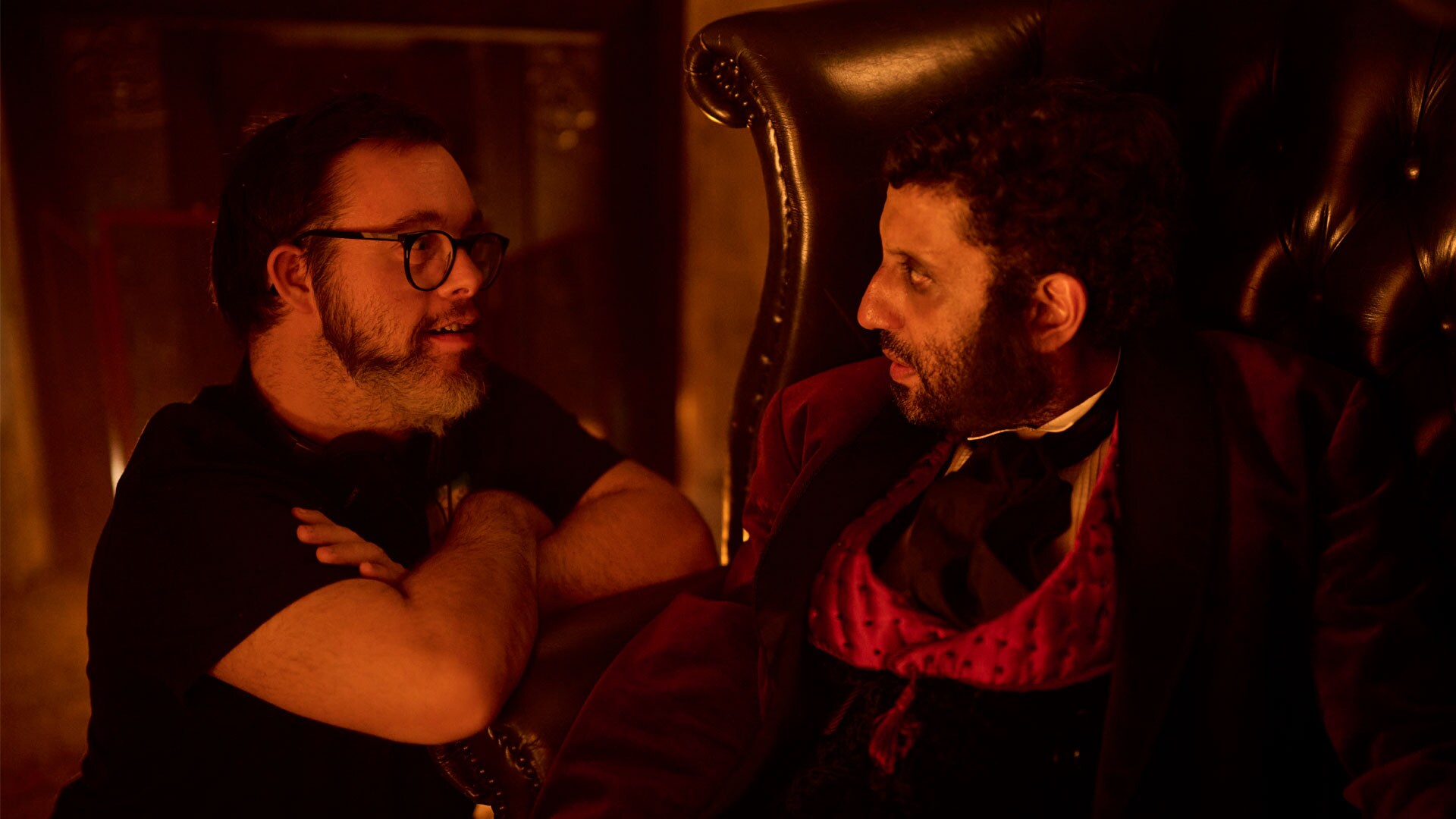
Short films have long been a powerful medium for storytelling, allowing filmmakers to convey impactful messages in a condensed format. Over the years, several short films have not only captured audiences with their compelling film narratives and cinematic brilliance but have also sparked important conversations and instigated positive change. In this article, we will explore some notable examples of short films that have left a lasting impact on society by addressing pressing issues and inspiring meaningful dialogue.
- Trip to the Moon (1902): “A Trip to the Moon” (French: Le voyage dans la lune) is a 1902 French science-fiction adventure film directed by Georges Méliès. Drawing inspiration from various sources, including Jules Verne’s 1865 novel “From the Earth to the Moon” and its 1870 sequel “Around the Moon,” the film is a pioneering work in the science fiction film genre. Georges Méliès, the film director, utilized innovative techniques and special effects for its time, making it a landmark film production in the history of cinema. The impact of the film cannot be overstated. Among the hundreds of films completed by the Godfather of cinema, this particular one has endured the test of time. The film narrative follows a group of astronomers on a voyage to the moon. Their exploration, encounters with natives, and the return to Earth with a captive are portrayed with cutting-edge special effects in the film for its time. Released in 1902, “Trip to the Moon” was likely a cinematic revelation, akin to the impact of “Titanic” upon its release. The film’s storytelling power shines even without audible dialogue. The enduring theme of human exploration is cleverly realized in this short film. Despite facing piracy, it achieved significant financial success, solidifying its place in cinematic history.
- A Dog’s Life (1918): “A Dog’s Life” is a 1918 American silent short film written, film produced, and film directed by Charlie Chaplin, marking his debut with First National Films under a groundbreaking $1 million contract. It was the first of eight 3-reel short silent films.
- The Red Balloon (1956): “The Red Balloon” (French: Le ballon rouge) is a French fantasy comedy-drama short film from 1956, penned, film produced, and film directed by Albert Lamorisse. This thirty-four-minute short filmnarrates the escapades of a young boy who discovers a sentient, silent, red balloon, and it was shot in the Ménilmontant neighbourhood of Paris. It is one of the greatest survival and friendship stories through film ever told. The movie received multiple accolades, securing an Oscar for Best Original Screenplay in 1956 and the Palme d’Or for short films at the 1956 Cannes Film Festival. Additionally, it gained popularity among children and educators, standing out as the sole short film to ever win the Oscar for Best Original Screenplay.
- Dinner for One (1963): “Dinner for One“, also known as “The 90th Birthday,” is a two-person comedy sketch originally written by Lauri Wylie for the theatre. The German TV broadcaster Norddeutscher Rundfunk (NDR) recorded the sketch in 1962, featuring British comedians Freddie Frinton and May Warden. Heinz Piper introduces the story of Miss Sophie celebrating her 90th birthday in this film. It has become a tradition to watch the film on New Year’s Eve in European countries like Germany, Austria, Switzerland, Denmark, Sweden, Finland, and Estonia. Despite the film’s British origin, it gained recognition in the UK in recent years and was broadcast on Sky Arts from 2018 to 2020.
- Frankenweenie (1984): “Frankenweenie” is a 1984 American science fiction comedy horror short film directed by Tim Burton and co-written by Tim Burton and Leonard Ripps. Serving as both a film parody and homage to the 1931 film “Frankenstein,” which was inspired by Mary Shelley‘s novel “Frankenstein; or, The Modern Prometheus,” the short film was later expanded into a full-length stop-motion animated film remake by Tim Burton in 2012. Tim Burton was fired by Disney after completing “Frankenweenie,” citing resource misuse and unsuitability for the film’s target audience. Originally planned for a summer film release, it was rescheduled for Christmas 1984. Although shelved, it screened in UK cinemas in 1985. Following Tim Burton‘s later successes, it received a home video film release in 1992, included as an extra on “The Nightmare Before Christmas” DVD, Blu-ray, UMD, and the 2000 VHS, alongside Tim Burton‘s short film “Vincent”.
- The Lunch Date (1989): The Lunch Date is an American drama short film written and directed by Adam Davidson. It is a thought-provoking short film that revolves around a woman who accidentally takes someone else’s lunch and finds herself sitting across from a homeless man in a train station. The film explores themes of prejudice and assumptions. By challenging stereotypes, it encourages film viewers to reconsider their preconceived notions about others. “The Lunch Date” won the Academy Award for Best Live Action Short Film and remains relevant in discussions about empathy and human connection. In 2013, the Library of Congress chose to preserve the film in the United States National Film Registry due to it being a “culturally, historically, or aesthetically significant film of the century.
- Carne (1991): “Carne” is a 1991 French drama short film, written and directed by Gaspar Noé. Starring Philippe Nahon and Blandine Lenoir, the film revolves around a horse butcher and his mute daughter. Gaspar creates filmsthat, while not easily digestible, prompt film viewers to question and challenge themselves. Although his films may not be conventionally attractive, they captivate film audiences, leaving them intrigued and compelled to ponder the reasons behind their discomfort.
- Multi-facial (1995): “Multi-Facial” is a 1995 American short drama film, with Vin Diesel serving as the film writer,film director, film producer, and film scorer. The film features Vin Diesel as a multiracial film actor, exploring the professional and emotional challenges he encounters. The short film tells his own real-life story about the problems he faced landing roles due to his ambiguous ethnicity. Apparently, he wasn’t black enough to play black, white enough to play white, and couldn’t speak Spanish so he couldn’t play a Latino.
- Doodlebug (1997): “Doodlebug” is a psychological thriller short film, scripted and film directed by Christopher Nolan. The film plot revolves around a man desperately attempting to eliminate a bug-like creature within his apartment. Nolan crafted the film during his university years, utilizing 16 mm film for its production. Overall, “Doodlebug” received a favorable critical response. The Daily Telegraph acknowledged the short film‘s early display of Nolan‘s talent in crafting unsettling film narratives.
- The Girl Effect (2008): Created by the Nike Foundation, “The Girl Effect” is an animated short film that highlights the transformative power of investing in girls and young women. The film emphasizes the positive ripple effect that occurs when girls are educated and empowered. By shedding light on the challenges faced by young girls in developing countries, “The Girl Effect” advocates for the importance of education and gender equality in breaking the cycle of poverty. This film had the potential to strike criticism amongst the masses, mostly from women in the developing world.
- The Hunt for Gollum (2009): “The Hunt for Gollum” is a 2009 British fantasy fan film inspired by the appendices of J. R. R. Tolkien‘s book “The Lord of the Rings.” This film gained widespread acclaim, accumulating 3 million views within the first three months of its release. It was lauded as one of the best-made fan films on the internet and quickly became the “fourth most watched release in the US” shortly after its May 2009 debut. Rotten Tomatoes suggested that the film had the potential to outshine certain mainstream movies. Tolkien scholar Robin Anne Reid observed that the film‘s professional film production values set it apart from typical fan film productions, labeling it a “hybrid fan/pro film.”
- I Am (2010): Directed by Tom Shadyac, “I Am” is a documentary-style short film that delves into the filmmaker‘s personal journey in search of the true nature of humanity and the interconnectedness of all living things. Tom Shadyac, known for directing blockbuster film comedies, takes a philosophical turn in this film, addressing issues such as materialism, greed, and the pursuit of happiness. “I Am” encourages film viewers to reflect on their own lives and consider how their choices impact the world around them. This film sparked the question of “What is with the World and what can we do about it?”
- Thunder Road (2016): “Thunder Road” is a short comedy-drama film written, film directed, and film starring Jim Cummings. Shot in one take, the film portrays a police officer delivering a eulogy for his mother. Premiered at the 2016 Sundance Film Festival, it earned positive reviews and secured the Short Film Grand Jury Prize. The filmwas adapted into a long-form feature film and was a giant hit in France.
- Lights Out (2016): “Lights Out” is a 2016 American supernatural horror film directed by David F. Sandberg in his film directorial debut. the story revolves around a woman protecting her young stepbrother from a spirit that kills in the dark, stemming from her family’s past. After the success of the short film, Sandberg announced a feature filmadaptation, and filming took place in Los Angeles from June to August 2015. The film holds a 75% approval rating on Rotten Tomatoes, based on 183 reviews, with a weighted average score of 6.3/10. The critical consensus praises “Lights Out” for adeptly using film genre tropes and delivering a chilling experience with strong performances and a well-developed story. Lights Out received positive reviews for its film direction, film screenplay, acting, cinematography, and film musical score. It grossed $148 million against a $4.9 million budget, leading to the development of a film sequel.
- Period. End of Sentence (2018): Directed by Rayka Zehtabchi, this Academy Award-winning short documentary film addresses the stigma surrounding menstruation in rural India. The film follows a group of women who work to produce and distribute low-cost sanitary pads in their community. “Period. End of Sentence.” not only raises awareness about menstrual hygiene but also contributes to the broader conversation about gender equality and the importance of breaking down taboos surrounding women’s health.
- Two Distant Strangers (2020): This short film, directed by Travon Free and Martin Desmond Roe, combines elements of science fiction film and social commentary to address police brutality and racial injustice. The filmfollows a Black man who finds himself stuck in a time loop, repeatedly encountering a fatal confrontation with a police officer. “Two Distant Strangers” engages viewers in a visceral exploration of systemic racism and the urgent need for change in law enforcement practices.
Short films have the ability to capture attention, convey powerful messages, and spark conversations that lead to positive change and develop controversies. The examples mentioned above represent just a fraction of the impactful short filmsthat have contributed to social discourse. As the medium continues to evolve, short films remain a valuable tool for filmmakers to address pressing issues, challenge societal norms, and inspire film audiences to reflect on their own perspectives and behaviours.

